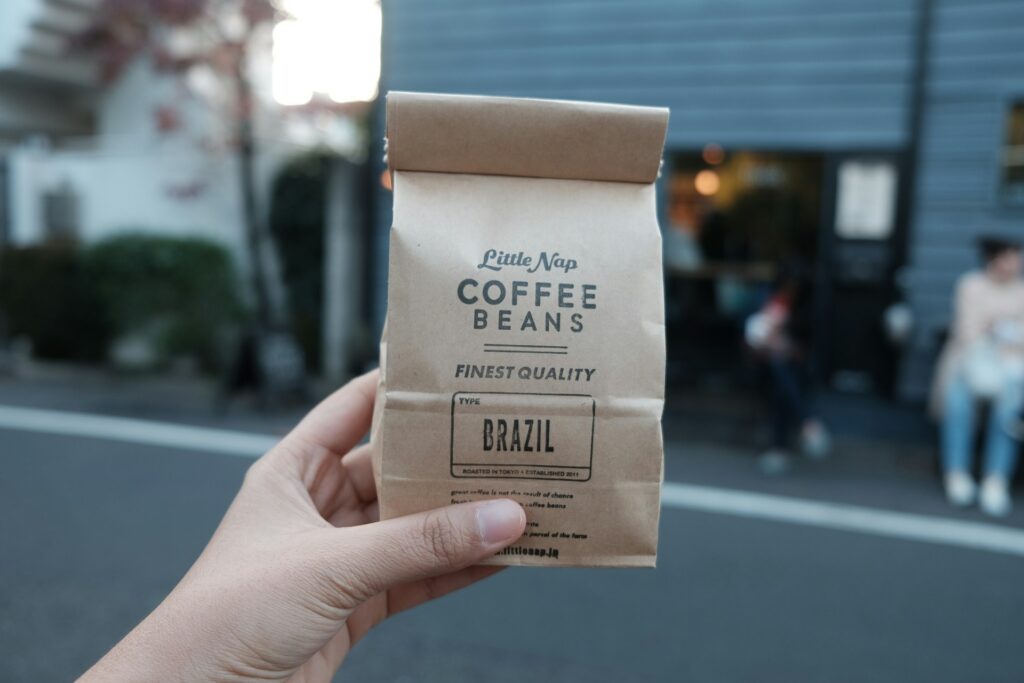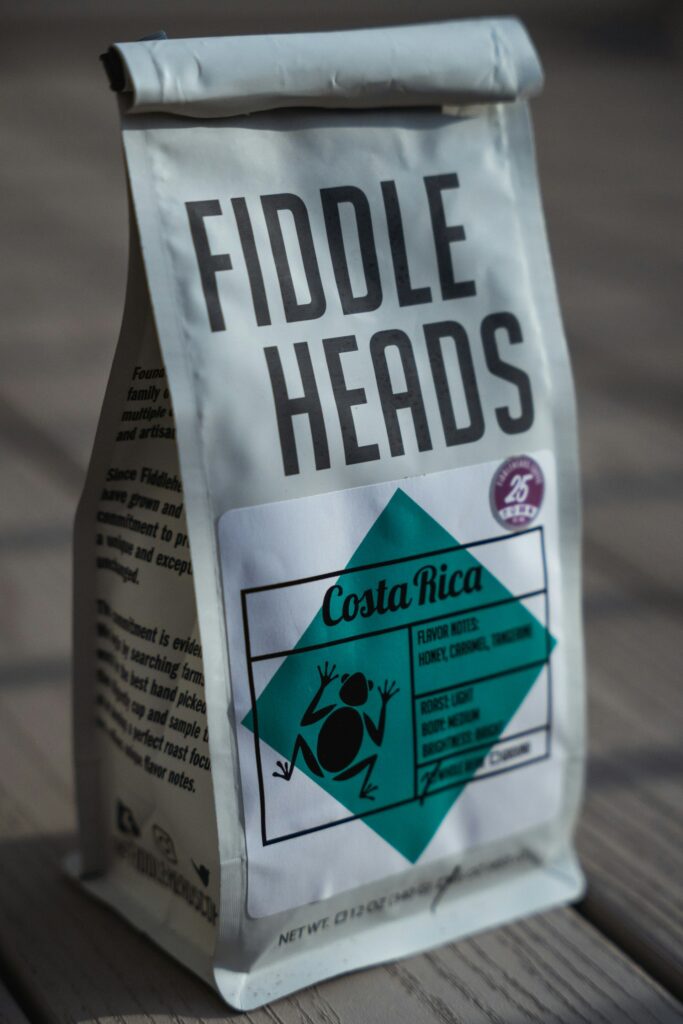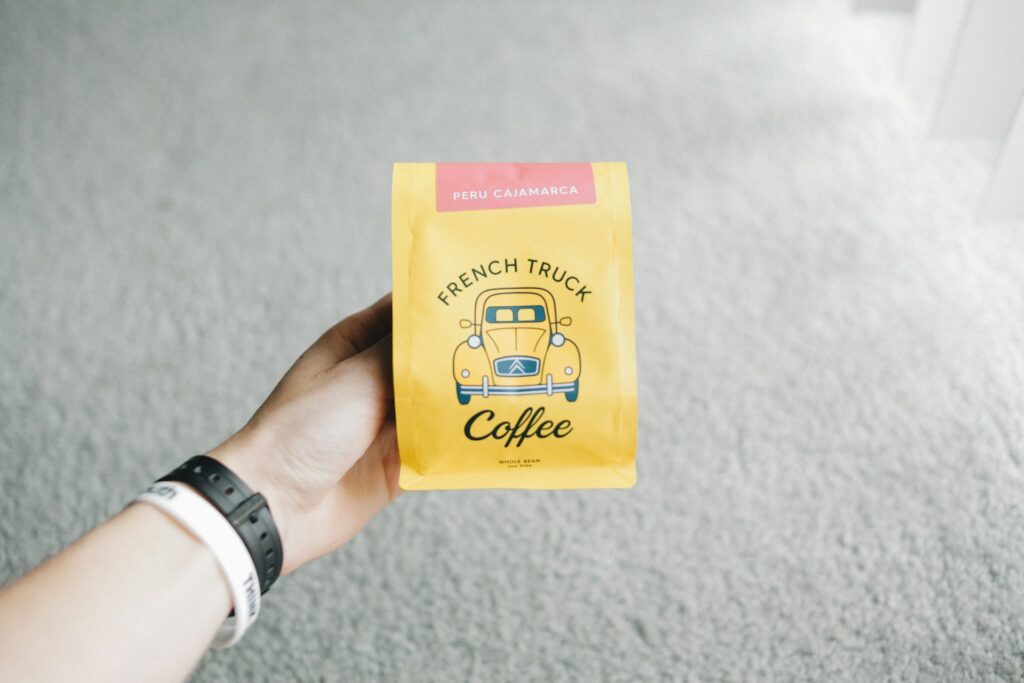Ideal for discerning the quality of your coffee from its packaging…
When it comes to coffee, the quest for the perfect cup can be as complex as the beverage itself. With a whole host of options gracing the shelves of your local supermarket or specialty coffee shop, the task of choosing a packet that promises quality and flavour can be daunting.
Fear not, for we are here – like a tedious coffee nerd who’s taken things too far – to demystify the process. By understanding what to look for on a coffee packet, you can elevate your daily brew from mundane to magnificent. With that in mind, let’s wake up and smell the coffee. Hang on; that’s not what that means…
Tips For Discerning Coffee Quality By Its Packaging
Origin: The First Clue To Quality
The journey to a splendid cup of coffee begins with its origin. The best coffee packets will proudly display the country, region, or estate where the beans were grown. This is not mere marketing; the origin is a testament to the coffee’s terroir – a French term used to describe the environmental conditions, especially soil and climate, that give agricultural products their unique character.
Beans from different regions offer distinct flavour profiles. For instance, Ethiopian coffees are renowned for their floral and fruity notes, while those from Colombia often have a nutty, caramel sweetness. A packet that specifies its beans’ origin is a sign that the roaster values transparency and the unique characteristics imparted by the beans’ homeland.

Roast Date: Freshness Is Paramount
Coffee is at its peak flavour just days after roasting. As time passes, the beans begin to stale, losing their complexity and vibrancy. Therefore, a quality coffee packet will always include the roast date. Be wary of packets that only show a ‘best before’ date; this is not as indicative of the coffee’s freshness.
Ideally, you should purchase coffee that has been roasted within the past month. This ensures that the beans have had enough time to degas (release carbon dioxide) without losing their essential oils and aromas. Remember, fresh is best when it comes to coffee.
Bean Type: Arabica Or Robusta?
The type of coffee bean is a significant indicator of quality. There are two primary species of coffee beans: Arabica and Robusta. Arabica beans are generally considered superior, offering a wider range of flavours and a smoother, more balanced cup. Robusta beans, on the other hand, are hardier and cheaper to produce but tend to have a harsher, more bitter taste.
High-quality coffee packets will specify if they contain Arabica beans. Some may even boast of single-origin Arabica, which means all the beans come from the same place and are of the highest quality.
Read: How to take your coffee game to the next level


Processing & Packaging Method
The method by which coffee beans are processed after harvesting can greatly affect their flavour. There are three main processes: washed, natural, and honey. Washed coffees are clean and crisp, naturals are fruity and full-bodied, and honey-processed coffees strike a balance with a sweet, syrupy taste.
Connoisseurs will appreciate a packet that details the processing method, as it provides insight into the flavour profile and the care taken during production. It is a hallmark of a roaster who values the craft of coffee making.
Equally important to the processing method is the packaging method, which plays a crucial role in preserving the coffee’s freshness and flavour. Quality coffee packets often feature a one-way valve, which allows gases from the beans to escape without letting air in. This prevents oxidation from the moment a coffee packing machine is first used, which can otherwise degrade the coffee’s quality.
Additionally, look for packaging that protects from light and moisture, such as foil-lined bags or opaque, sealed containers. Some premium roasters also use nitrogen flushing, a process that displaces oxygen in the package with nitrogen to preserve the coffee’s freshness. The attention to packaging is a clear indicator that the roaster is dedicated to delivering the freshest, most flavourful coffee experience possible.
Fair Trade & Organic Certifications
Ethical and environmental considerations are increasingly important in the coffee industry. Certifications such as Fair Trade and Organic are not just buzzwords; they are assurances that the coffee was produced under stringent standards that benefit the environment and the farmers.
Fair Trade certification indicates that the farmers receive a fair price for their beans, promoting sustainable livelihoods, while Organic certification ensures the coffee was grown without synthetic fertilisers or pesticides. These certifications often come at a premium, but they are worth it for the peace of mind and the often superior taste they provide.
Tasting Notes & Aroma
The best coffee packets will include tasting notes – a brief description of the coffee’s flavour profile. These notes can range from simple descriptors like ‘chocolatey’ or ‘fruity’ to more elaborate ones like ‘hints of blackberry with a velvety chocolate finish’. Tasting notes are a sign that the roaster has cupped (professionally tasted) the coffee and can vouch for its quality.

The Grind: A Matter of Preference
Lastly, consider the grind size if you’re purchasing pre-ground coffee. Different brewing methods require different grind sizes, and using the wrong size can result in a subpar cup. For instance, espresso requires a fine grind, while French press coffee is best with a coarse grind. A quality coffee packet will indicate the grind size or the brewing method it’s suited for.
The Bottom Line
Discerning the quality of coffee requires a bit of knowledge and attention to detail. By considering the origin, roast date, bean type, processing method, certifications, tasting notes, and grind size, you can select a coffee packet that promises a truly exceptional experience. So the next time you find yourself perusing the coffee aisle, use these insights to guide your choice, and you’ll be well on your way to a delightful cup that tantalises the senses and satisfies the soul.




